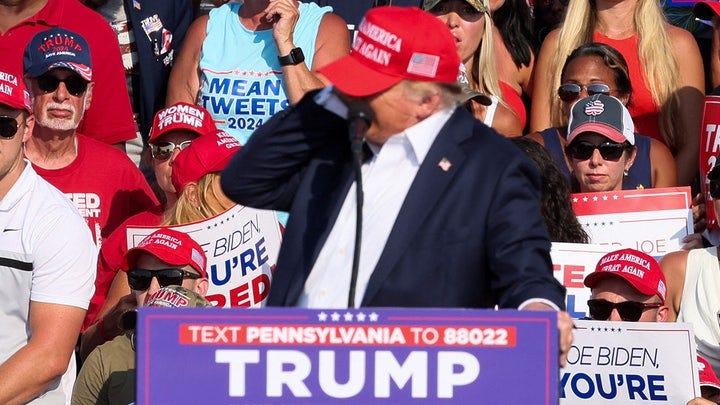GAO REPORT: Gaps in Policy and Threat Information Sharing Hindered Efforts to Secure 2024 Trump Campaign Rally
GAO report commissioned @ChuckGrassley concluded senior @SecretService officials …
"received classified intelligence regarding a threat to President Trump’s life 10 days before the rally in Butler, but failed to relay the information to federal and local law enforcement personnel responsible for securing and staffing the event."
After 9/11, millions of dollars were spent to prevent the kind of stove piping of intelligence that happened here.
What GAO Found
The U.S. Secret Service failed to implement security measures that could have prevented the assassination attempt on then-former President Donald J. Trump during a July 13, 2024, campaign rally.
At the time, then-former President Trump was not yet the official Republican nominee for President.
This presented a unique challenge when Secret Service agents sought to determine what assets to deploy for the rally.
The failure was also caused in part by a lack of specific and complete guidance outlining roles and responsibilities for agents assigned to secure the rally.
For example, Secret Service guidance did not include details outlining a list of key steps the site agent should take to properly staff the security room, even though the Secret Service provides a checklist for personnel performing other specialized roles.
Since the rally, the Secret Service has taken steps to revise its policies, but many of the policies still lack needed details.
Prior to the July 13 rally, senior-level Secret Service officials became aware of a threat to then-former President Trump.
This information was not specific to the July 13 rally or gunman.
Nonetheless, due to the Secret Service’s siloed practice for sharing classified threat information, Secret Service and local law enforcement personnel central to developing site security plans for the rally were unaware of the threat.
According to Secret Service officials, this information was not more broadly shared across the Secret Service because in part, the information was highly classified, and the Intelligence Community did not include information at a lower classification level to share.
However, the Secret Service’s siloed information sharing practices, such as requesting that only personnel within an individual’s chain of command be briefed on threat information, contributed to members of the advance team not receiving relevant information.
Making changes to Secret Service policies to require it to proactively share threat information internally could help ensure its agents and partners will have information needed to provide effective protection.
Further, sharing threat and risk information could also help ensure resource decisions are based on identified risks.
Secret Service’s resource allocation process is not currently set up to comprehensively consider all known risks.
Implementing a process that does so can help ensure security asset decisions are based on need and not ad hoc actions outside of a formal process.
Downloadable PDF opens in our online library…




